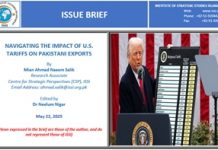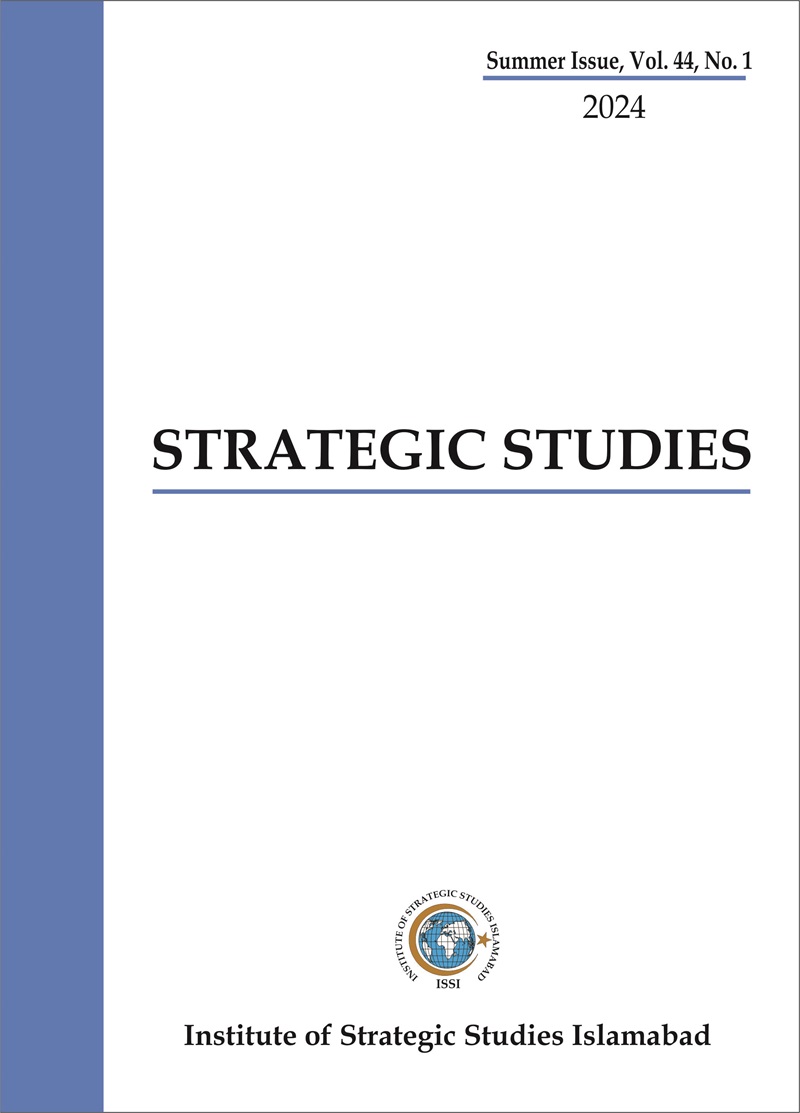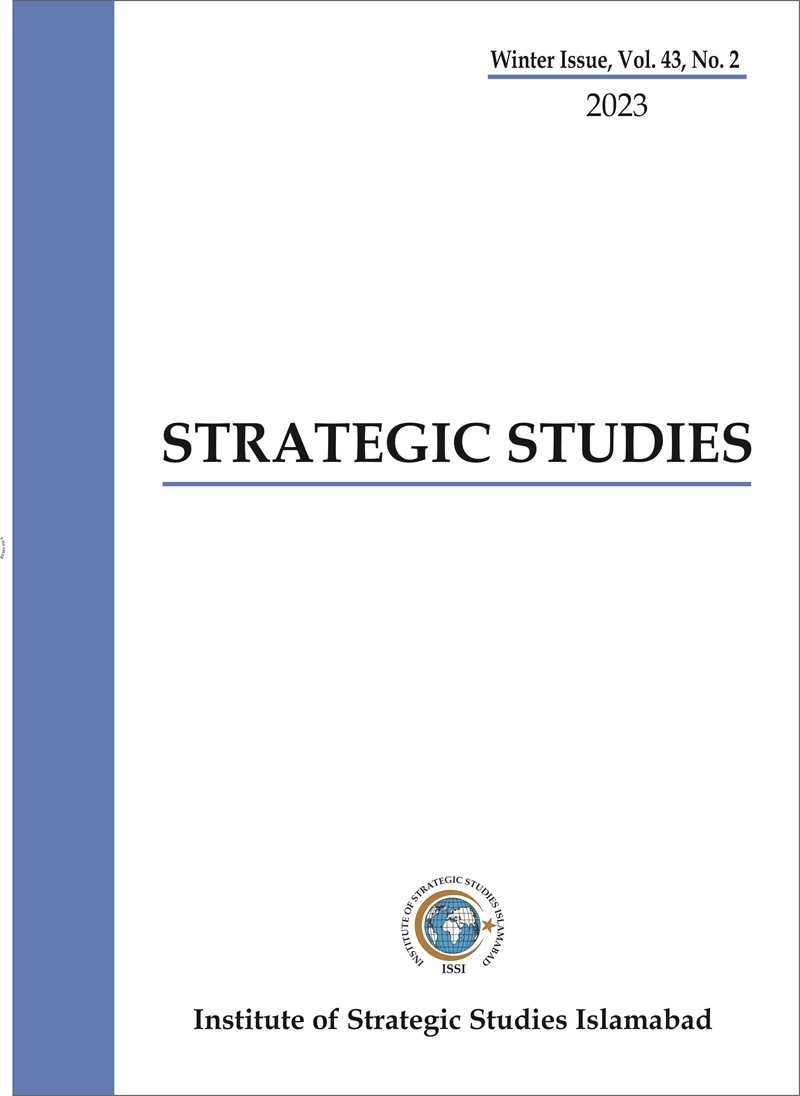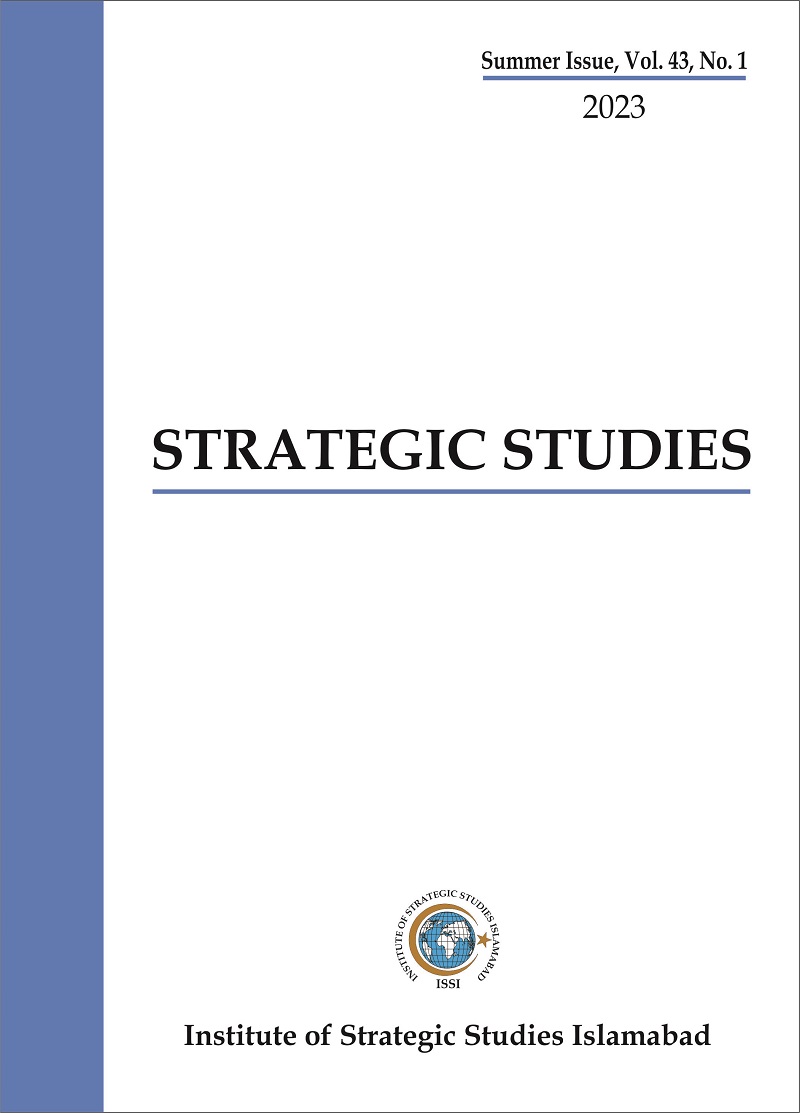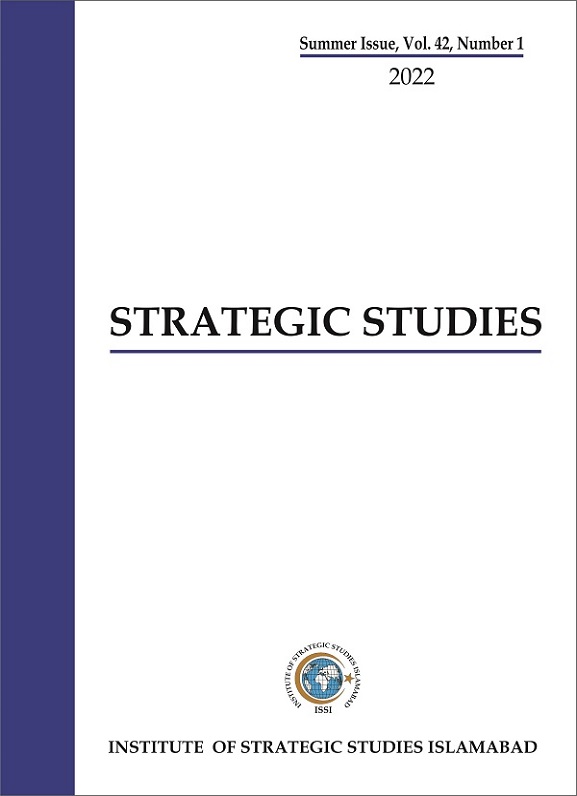India’s ongoing shadow war against Pakistan also contains an advanced hybrid warfare campaign that particularly seeks to destabilize Balochistan and Pakistan’s strategic trajectory. India is pursuing a strategy of encirclement inspired by Kautilya’s Mandala Theory that encourages use of proxies, subversion tactics, and strategic positioning to weaken or encircle rival states. On similar lines, the strategy of shadow war includes covert operations fought by disguised fighters often involving sponsorship but no apparent state attribution.[1] Now, these tactics are designed for both on-ground as well as the digital domain.
The core purpose of India’s shadow war in Balochistan is to keep Pakistan embroiled in instability on the Western front, particularly the borders, and undermine its ties with Afghanistan and Iran. Another central objective is to obstruct the progress of China-Pakistan Economic Corridor (CPEC) and sow seeds of mistrust with Pakistan’s strategic partner, China. Ultimately, India aims to destabilize Pakistan, strangulate it economically, and weaken it on the international stage. India views Pakistan’s stability as an obstacle to its own regional and global ambitions. In light of this, it is imperative for Pakistan to systematically uncover how and why India has employed a range of shadow war tactics.









